7 Things to Know Before Planting Mint in Garden Beds
Mint is undoubtedly a powerhouse herb, offering a plethora of uses from medicinal purposes to culinary delights.
Whether you enjoy it in cold or hot teas, as a flavor enhancer in dishes, or even as a soothing salve or essential oil, mint's versatility knows no bounds. It's no wonder people often consider it a top choice for their garden. However, planting mint without proper knowledge can lead to headaches—literally!
Today, we're diving into seven crucial things to know before planting mint in your garden bed.

1. Understanding mint varieties
Mint comes in various types, including peppermint (Mentha x piperita), spearmint (Mentha spicata), chocolate mint, orange mint, and pineapple mint, among others.
The most popular varieties are spearmint and peppermint but each variety offers a unique flavor profile, aroma, and slightly different growth habit.
2. Ideal growing conditions
Mint thrives in full sun to partial shade, making it suitable for many Hardiness Growing Zones. As a rule of thumb, ensure your garden bed receives at least four to six hours of sunlight per day for optimal growth. Additionally, most mint types prefer moist, well-draining soil rich in organic matter.
The best time to plant mint is in early spring, when sunny days begin to emerge after the last frost has passed. This timing allows the plants to establish themselves before the heat of summer sets in. However, mint can also be planted in late summer for a fall harvest.
3. Maintenance and care
Mint is indeed a hardy perennial herb that demands minimal maintenance once it takes root in your garden bed. However, ensuring its optimal growth requires attention to specific details.
Soil conditions: Mint thrives in soil that is consistently moist but not waterlogged. This balance is crucial, especially during hot weather, as mint is susceptible to fungal diseases if its roots remain in soggy conditions. Therefore, it's essential to provide well-draining soil to prevent waterlogging.
Adding organic matter, such as compost, to the soil can help improve drainage while enriching it with essential nutrients. Vego Garden Base Soil is perfect to give your crops in garden beds the best head start if you don't know how good the quality of your own soil is!
Sunlight requirements: As mentioned earlier, mint prefers full sun to partial shade. This means your garden bed should receive a good amount of sunlight each day, ideally four to six hours, to support healthy growth. However, in regions with scorching summers, providing some shade during the hottest part of the day can help prevent the plants from wilting or becoming stressed.
Mulching: Mulching around mint plants serves multiple purposes. It helps retain soil moisture, which is essential for mint's growth, while also suppressing weed growth that could compete with the herb for nutrients and water. Organic mulches like straw, shredded leaves, or bark chips are excellent choices for mint beds as they break down over time, enriching the soil with organic matter.
4. Pest and disease management
Mint is susceptible to pests such as spider mites and mint rust, especially in humid conditions. That is why you must inspect your plants regularly for signs of infestation, such as yellowing leaves or webbing. To deter pests, encourage beneficial insects like ladybugs and lacewings in your garden.
5. Containment
Mint is known for growing and spreading like wildfire! To prevent it from taking over your garden, contain the chaos in a raised garden bed or in a designated area where its spreading tendencies won't be a concern to your other crops.
6. Harvesting
Regularly harvesting mint leaves is crucial for the plant's health. Pinch off individual leaves or cut entire stems just above a leaf node to encourage bushier growth and prevent the mint from becoming leggy or sprawling.
Avoid removing more than one-third of the plant's foliage at a time to prevent stress. Mint leaves are best harvested in the morning when their flavor and aroma are most potent.
7. Culinary and medicinal uses

Mint is a versatile herb that adds a refreshing flavor to a variety of dishes and beverages. Use fresh mint leaves to garnish salads, pasta, fruit salads, cocktails, and desserts, or incorporate them into savory dishes like lamb chops or new potatoes.
Mint leaves can also be brewed into tea or infused into syrups for cocktails and desserts. With thousands of recipes available, it's best to think outside the box and explore recipes for using mint from other countries and for other purposes, such as using spearmint for helping with PCOS symptoms and as a digestive aid!




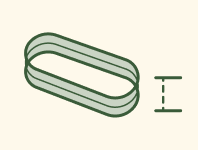
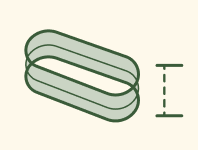
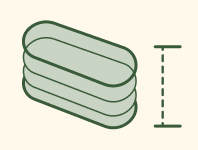
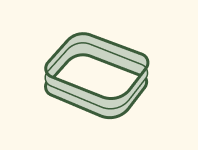
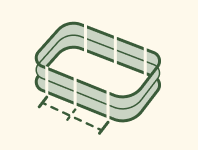
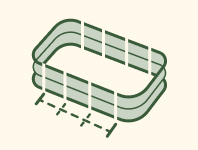
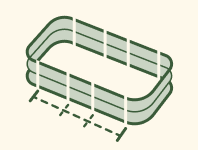
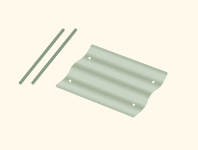




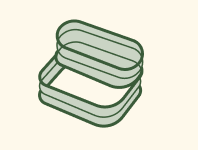
















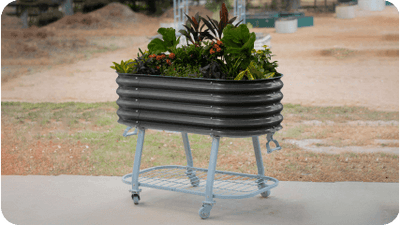









































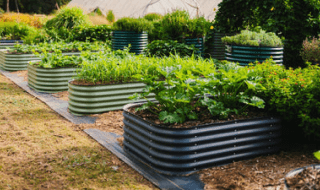

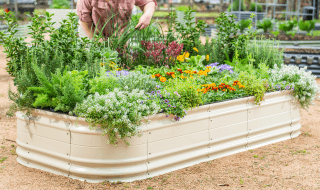
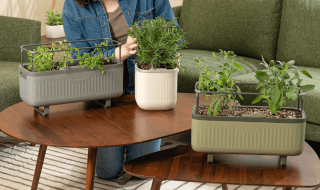
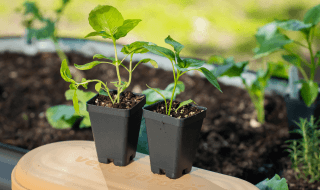
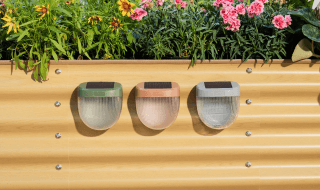
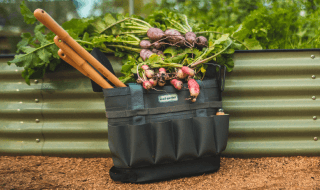
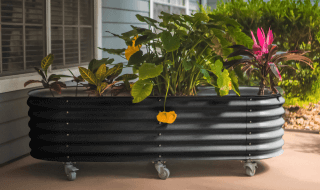







Leave a comment